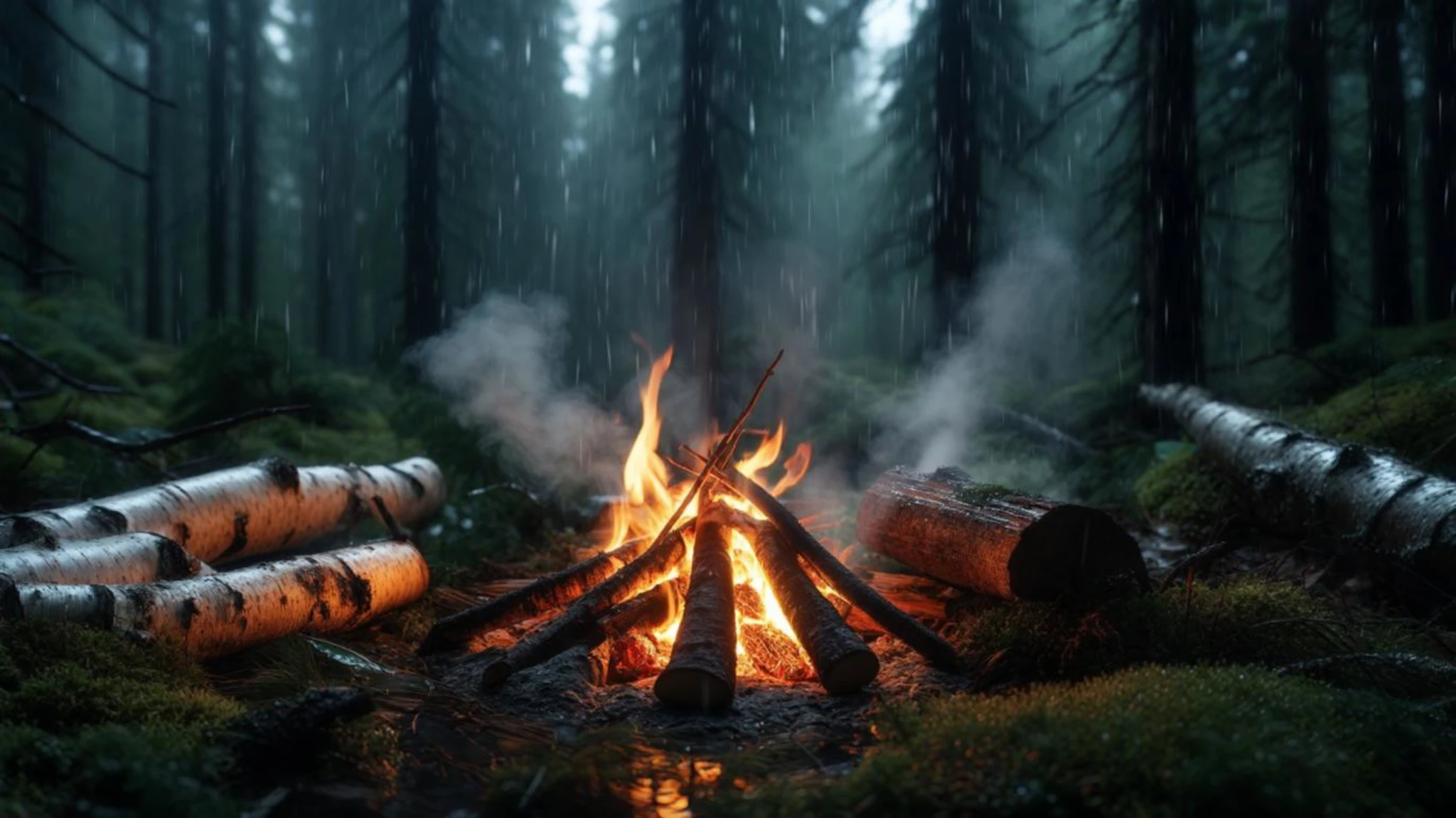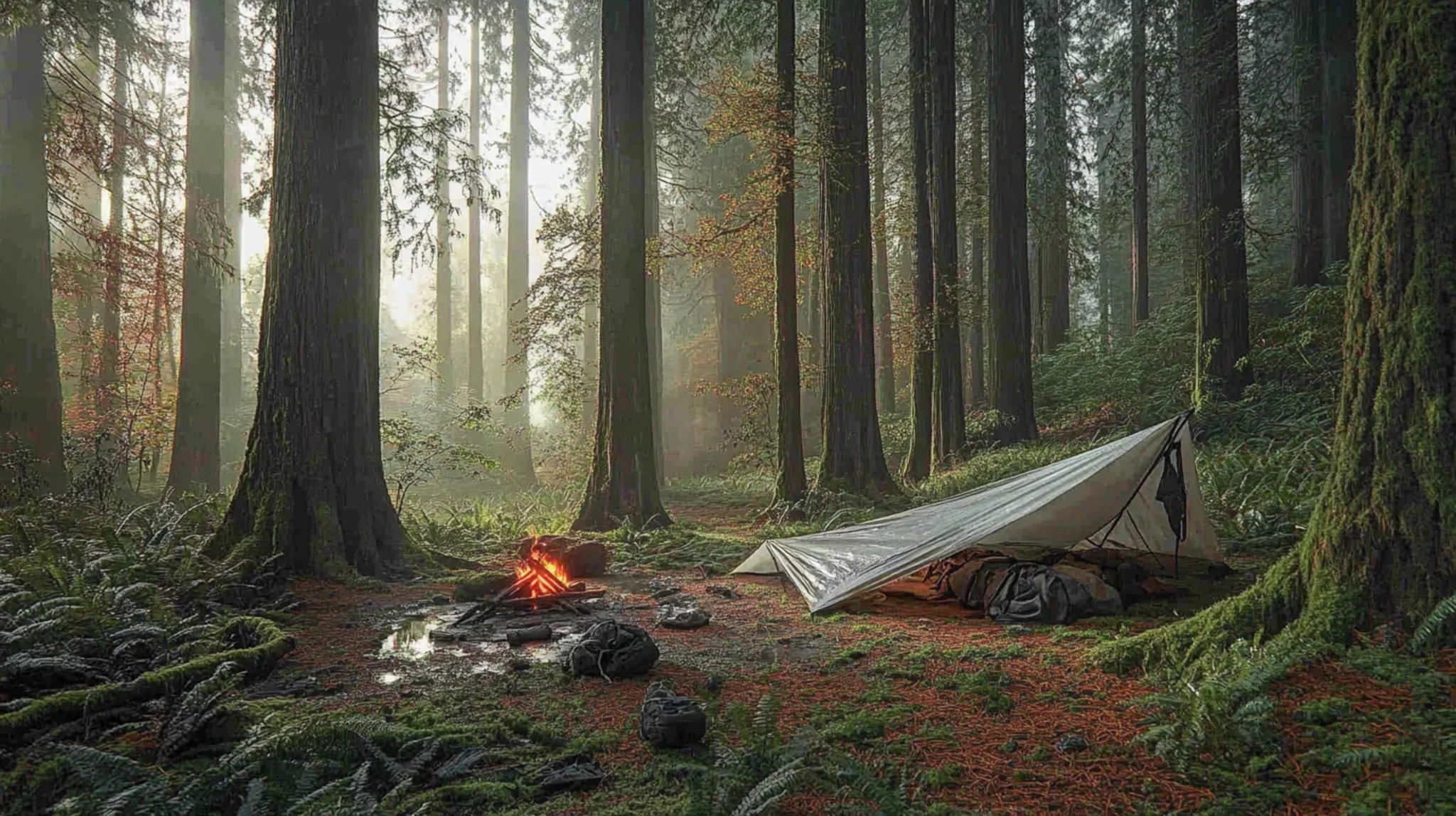The World Without Noise
Modern life hums. Electricity buzzes through the walls, traffic hums in the distance, notifications flicker like synthetic birdsong. We are tuned to the rhythm of constant low-level noise—a soundtrack of civilization we rarely notice until it’s gone.
When the generators sputter out, or when you’re deep in the wilderness with no signal and no human voice, the quiet isn’t peaceful at first. It’s vast. It presses against you. Every heartbeat sounds amplified, every small creak becomes an event. Silence isn’t absence—it’s confrontation.
Those who have endured isolation—astronauts, sailors, polar researchers—describe the first few days as almost unbearable. The brain, hungry for stimuli, invents its own. Thoughts grow loud. Memories play themselves on repeat. Some start talking aloud, not to madness, but to reintroduce sound into a soundless world.
The Brain in the Quiet
Silence is not neutral. The auditory cortex—the part of the brain that processes sound—doesn’t simply turn off when there’s nothing to hear. It looks for patterns in the void. Deprived of normal input, it heightens sensitivity and begins to amplify internal noise: the pulse in your neck, the rustle of your clothes, even the ringing of your own nervous system.
This is why some survivors report phantom sounds: a voice calling their name, a radio that isn’t on, footsteps that never arrive. The brain is trying to maintain its equilibrium by creating stimulation where none exists.
Yet, as strange as it sounds, this state can transform. After a few days, the mind begins to settle. Heart rate decreases. The body’s stress response—the constant readiness we associate with city life—subsides. The silence becomes not a void but a kind of mirror. You begin to hear your own thinking clearly, and that can be terrifying or liberating.
Training for Solitude
Extreme environments teach the discipline of quiet. NASA astronauts spend long periods in sensory isolation tanks. Solo sailors learn to structure their days not just to manage their boats, but to manage their minds. Monks embrace silence deliberately to strip away distraction.
They all apply the same fundamental strategies: structure, routine, and externalization.
Structure keeps time from dissolving. Set rhythms for eating, maintenance, reflection, and rest.
Routine prevents the mind from spiraling into abstraction. It grounds your day in predictable, meaningful acts.
Externalization means giving shape to your thoughts—through journaling, spoken reflections, or small rituals—so that silence doesn’t become internal noise.
Even in a post-collapse world, these lessons apply. Keeping a logbook of weather, repairs, or sightings becomes both data and therapy. Speaking aloud—reading, praying, narrating—anchors consciousness in the physical world. Silence must be shaped to serve you, not swallow you.
When Quiet Becomes Strength
The ability to live with silence is a superpower. In the absence of external distraction, your awareness expands. You start to hear patterns in nature—the way wind changes before rain, how insects fall quiet when predators approach. Your own emotions become more legible. The boundaries between you and your environment blur in subtle, ancient ways.
In that quiet, survival stops being a contest and becomes a conversation. You’re not fighting the world—you’re listening to it.
Civilization has taught us to fear silence as loneliness. But silence, mastered, becomes clarity. It’s the point where instinct and reflection finally shake hands. The world goes quiet, and for the first time, you truly hear yourself think.
The next time the power cuts out and the hum fades, resist the impulse to fill the air. Let the silence arrive. It’s not your enemy—it’s your teacher.



